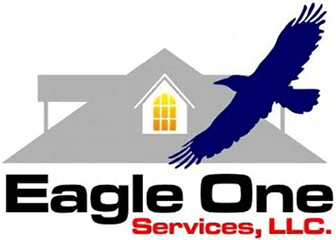
Asbestos: In older homes built more than 30 years ago, asbestos was used in many types of insulation and other building materials. If the asbestos is releasing fibers into the air, it needs to be removed or repaired by a professional contractor specializing in asbestos abatement. But, if the asbestos material is in good repair, and not releasing fibers, it generally poses no hazard and can be left alone.
Lead: In homes built before 1978, lead-based paint may be present. Generally, if the lead-based paint is in good condition (not cracking or peeling), it is not a hazard. If the condition is hazardous, the paint will either need to be removed or sealed in such a manner as to eliminate the hazard.
Molds/Mildew: Certainly this is one of the most well discussed hazards found in homes today. The type of mold and/or mildew, its location, whether moisture is causing further growth, and whether or not this can cause you harm, are much too involved for the basic home inspection report to determine. There are very specific rules on testing and remediation of these materials, and only those trained properly should do so.
Radon: Another common environmental concern with the home is radon. Radon is a radioactive gas that comes from the natural decay of uranium in the soil. Almost all homes have some radon present, and tests can determine if the level present is higher than what is considered safe. If the level is too high, a radon reduction system will need to be installed.

